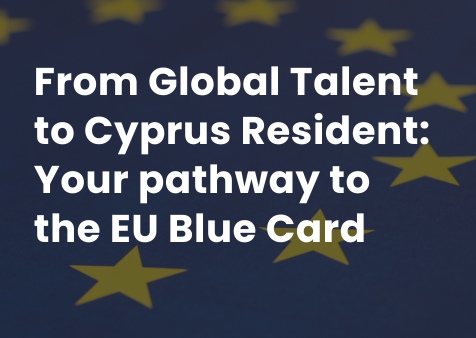The increasing burden of identifying and verifying ultimate beneficial owners (UBOs) of legal entities is a challenge faced by all obliged entities, especially for complex legal structures such as funds and foundations. However, Know Your Customer (KYC) regulations that enforce corporate transparency by identifying UBOs can reduce the risk of corruption and the cost of compliance.
Why is it so important? Since companies control a large portion of the world’s economic activity, they are being used as vehicles for money laundering by individuals with criminal intent by attempting to make unlawful transactions appear as legitimate business. The criminal and the corrupt seek to hide their ownership of companies in order not to be identified as the individuals who ultimately profit from prohibited activity.
In recent years, the fight against fraud has stepped up, with stricter regulations put in place around financial transparency, such as the 4th Money Laundering Directive (AML) and 5th AML regulation coming into play. Obliged entities have to carry out exhaustive checks when onboarding new customers to ascertain whether they present a compliance risk to AML regulation.
In accordance with the AML regulation, in general, UBO means the natural person(s), who ultimately owns or controls a legal entity through direct or indirect ownership or control of a sufficient percentage of the shares or voting rights in that legal entity, a percentage of 25% plus one share is deemed sufficient to meet this criterion.
KYC means “Know your Customer” and describes the process of verifying the identity of customers – either before or during the start of doing business with them.
The data sources you need to check and documentation required to be collected for a beneficial owner, inter alia, are:
- Corporate ownership structure
- Jurisdiction of company incorporation
- Business activities of the company
- Company/UBO from high-risk countries
- Shareholder’s information and documentation
- Sister companies with the same ultimate owner, not necessarily in the same group structure
- Politically Exposed Person(s) (PEPs)
- Sanction lists
- News and media regarding that company
- International passport or Identification documents
- Recent proof showing the residential address of the UBO
- Curriculum Vitae
- Recent Bank/Reference letter for the UBO’s reputation
- Analyzing the source of funds and wealth of the UBO
- Value of size of wealth and supporting documentation thereof
Based on the aforesaid, you may understand and assess which of the three risk categories the UBO fall into. Ranging from low, medium or high, they demand different approaches and based on the categorization then the UBO should be reviewed at different time intervals.
Finally, the requirement of the 4th AML Directive, among other requirements, that Countries in the European Union establish and provide access to UBOs registers of companies, commonly referred to as UBO registers, results to an increase in transparency. This is a primary source of information that can be used by businesses engaged in the financial and professional services and obliged by regulators to conduct customer due diligence to protect national economies from financial crime.
Due diligence of legal entities extended to the identification of their UBOs for the prevention of financial wrongdoing such as money laundering and terrorist financing being hidden behind closed corporate doors has been developed extensively over the last 5 years however its correct implementation by obliged entities is the key to its success.


